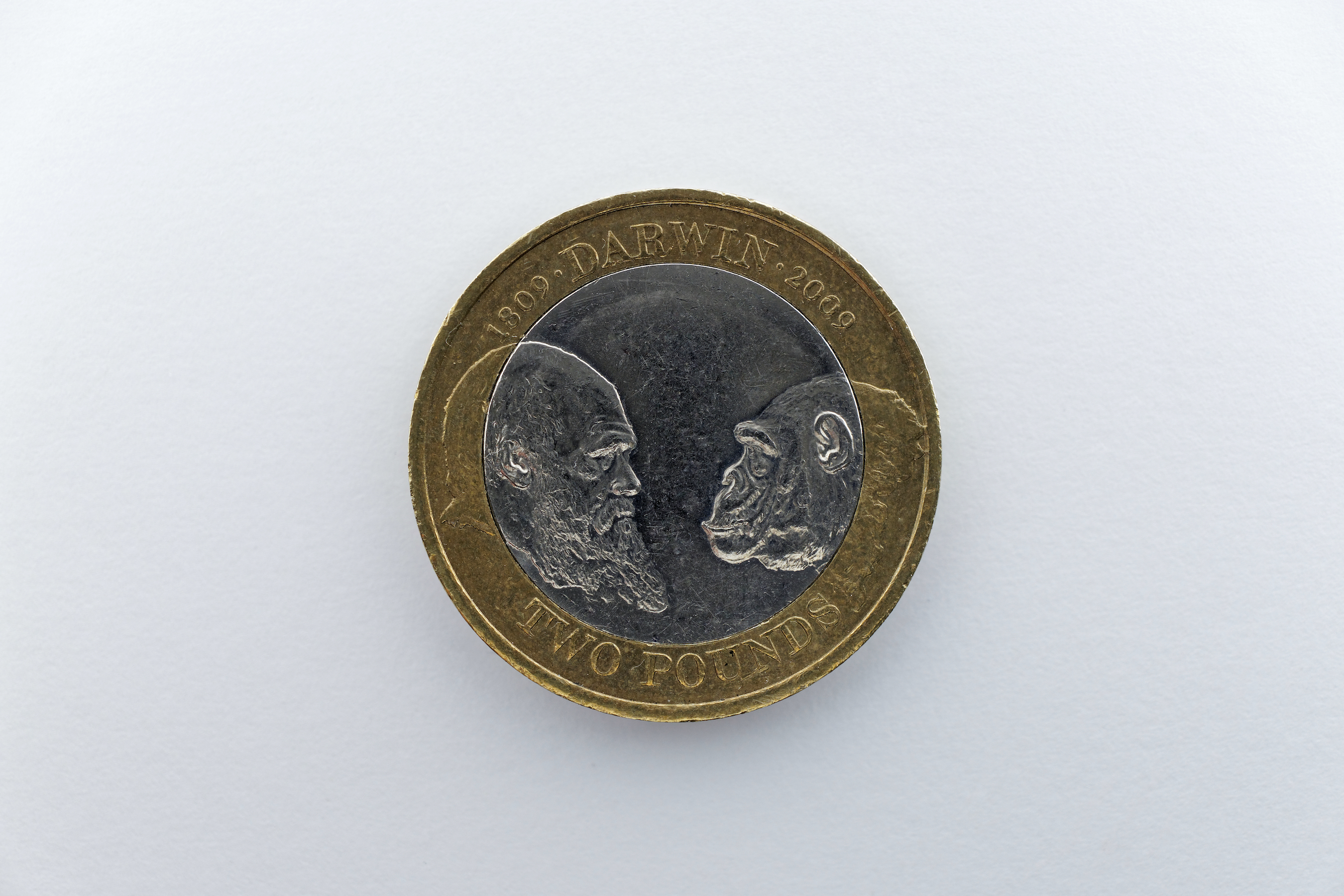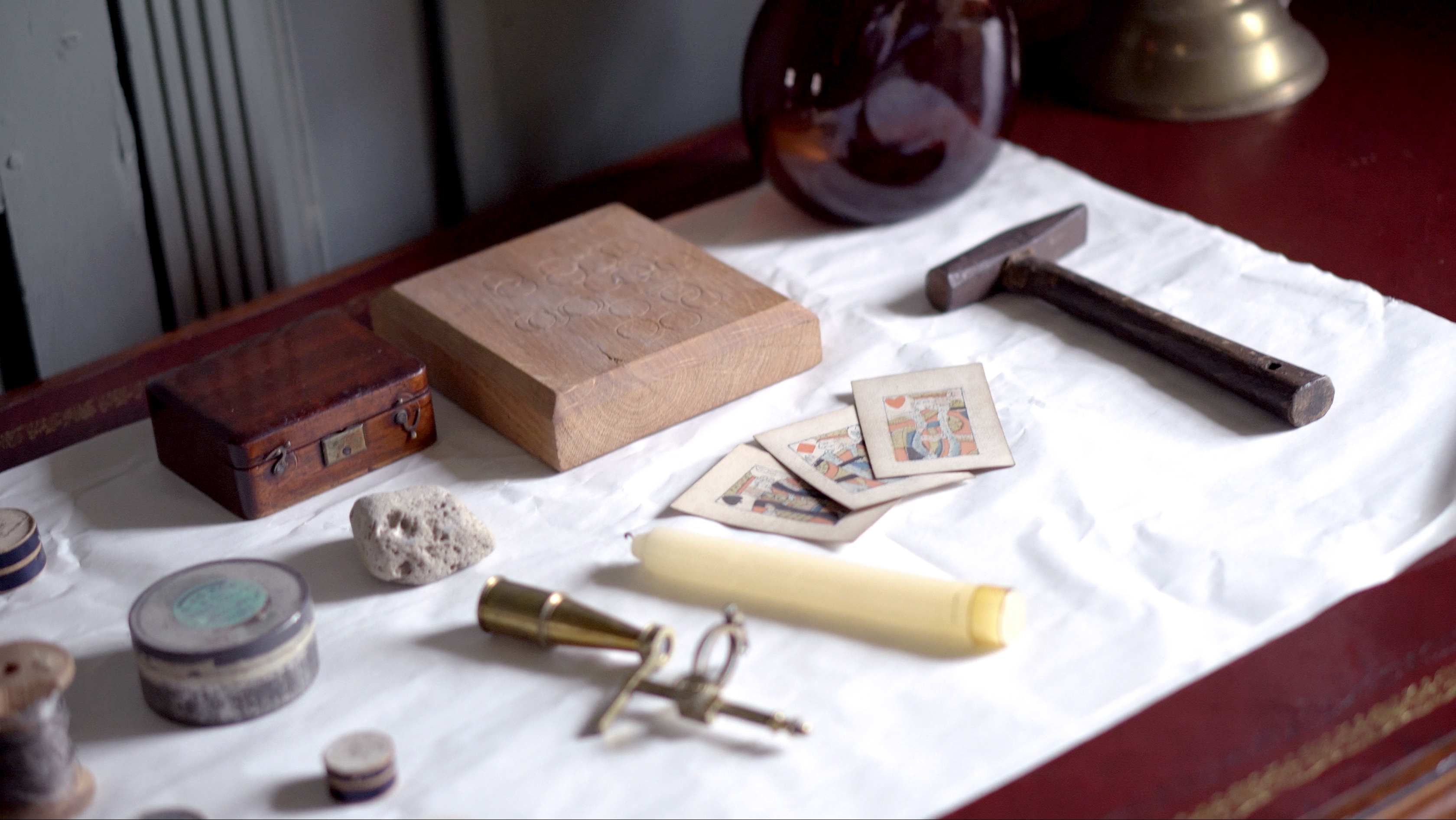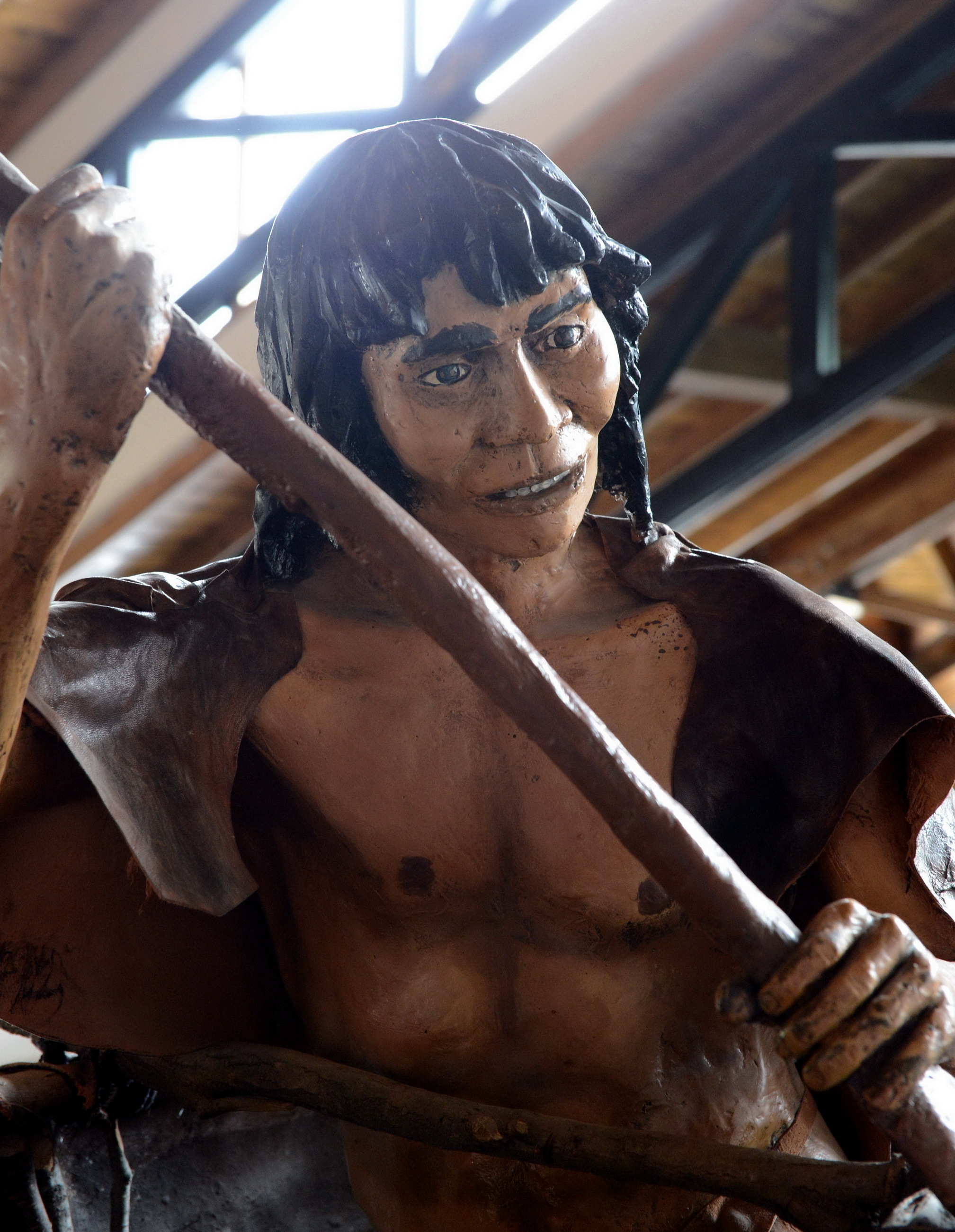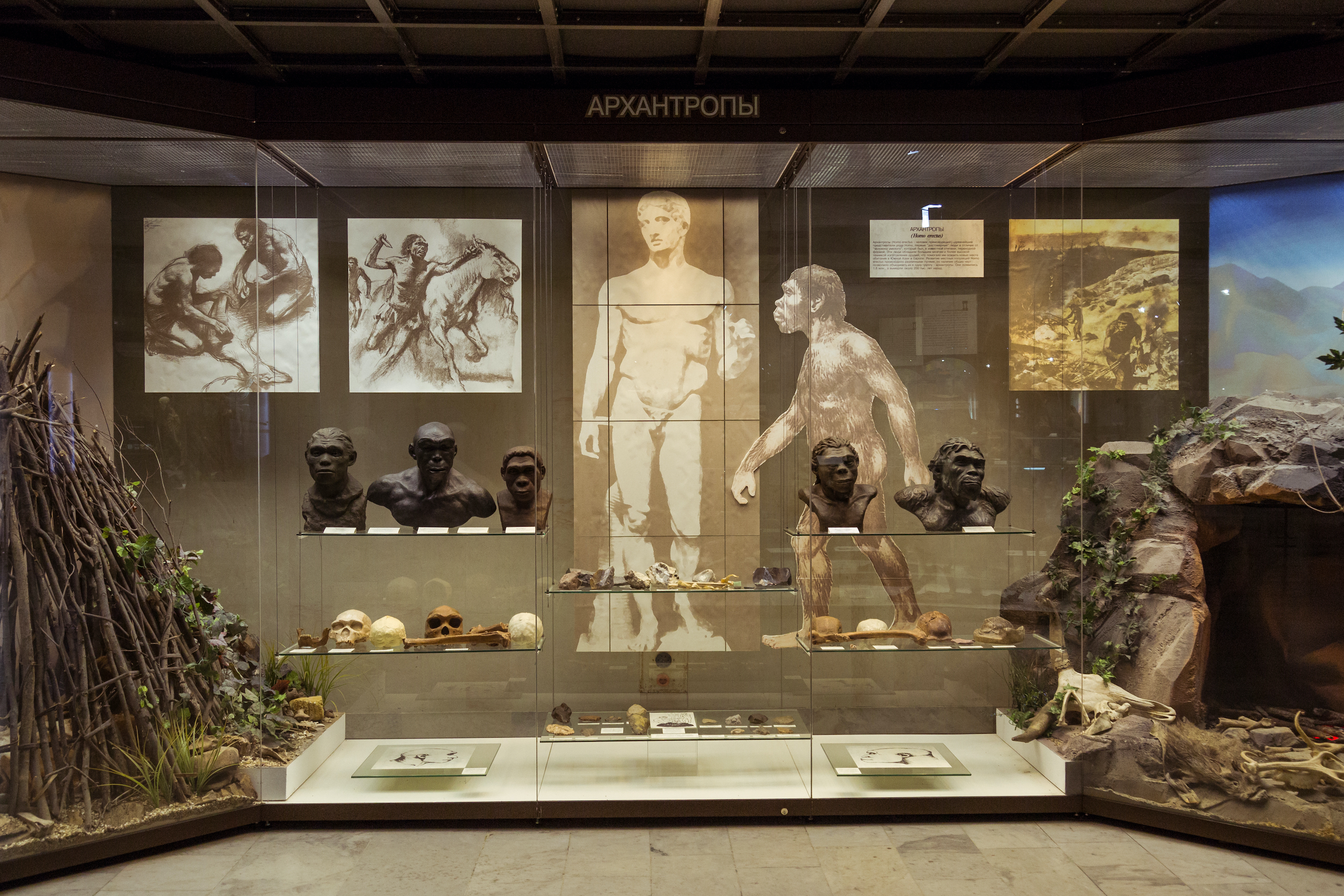What it means to be human is a crucial question for Darwin. You get an interesting impression of this from his writings. If you read On the Origin of Species, for example, there’s hardly anything in it about human beings. There is one sentence where he says light will be thrown on the origin of man and its history. And there are a few other examples that involve people.
What needs to be emphasized is that the core idea of On the Origin of Species, evolution by natural selection, comes from thinking about humans and what it means to be human. It comes from the work of political economy by Thomas Malthus, An Essay on the Principle of Population. When Darwin was thinking about why some individuals survive in the struggle for existence and others don’t make it, he was thinking about people; he was thinking about you and me.
I think it’s really important to realise that throughout Darwin’s theoretical thought, this question about humanity and the idea of what it means to have a mind and be part of the natural world at the same time – this is the core of the question he’s trying to answer. We can see this in his later writings when he publishes The Descent of Man, and Selection in Relationship to Sex in 1871. This is a two-volume work, which argues in the first part that humans come from lower animals. In making this argument, Darwin shows how a whole range of different characteristics – our morals, our belief in God, our love of music – are in various ways present within lower animals.



